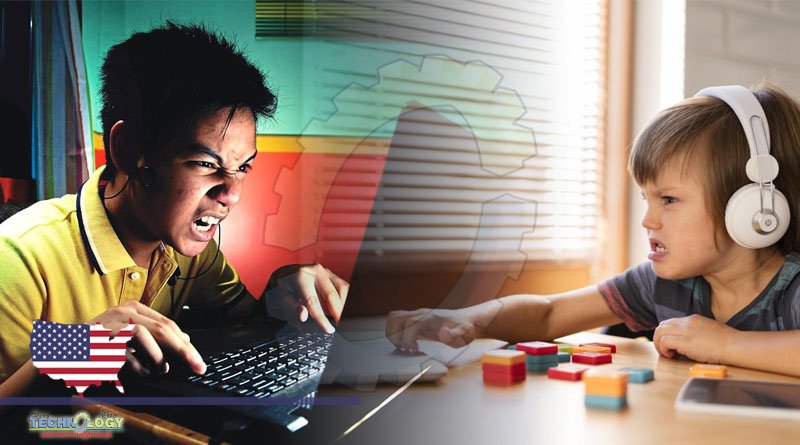“Around the world, a small subset of people who game and use social media can lose control of that behavior, and they can begin to see a lot of negative consequences,” said Amanda.
Social media scrolling and gaming can be addictive, but according to a new study from the University of Georgia, these two behavioral addictions are especially habit-forming for children who have difficulty regulating their emotions.
Study finds 80% of adolescents from 12 to 17 check social media every day. TikTok, Instagram and Snapchat are the most popular platforms among teens. 100% of students surveyed said they had a social media account. 86% of the sample reporting experience with gaming at some point in their lives.
Although many adolescents can use social media and play games without incident, for some, it can become problematic and compulsive. Addiction tends to divide along traditional gender lines among those affected, with girls more likely to be addicted to social media and boys to gaming.
“Around the world, a small subset of people who game and use social media can lose control of that behavior, and they can begin to see a lot of negative consequences,” said Amanda Giordano, the study’s lead author and an associate professor in the UGA Mary Frances Early College of Education. “We can see this dependence develop over time when these behaviors become their primary means of regulating their emotions.”
Adolescents who have problems with emotion regulation may be at higher risk for behavioral addictions, Giordano says. “Emotion regulation skills typically develop in the first couple years of life as an infant learns to co-regulate their emotions,” she says. “When they come across social media or gaming, they realize it is a quick and easy way to change their emotional state,” she adds.
Before activities like gaming or social media become behavioral addictions, carers and mental health professionals can implement a number of preventive measures at home or at school.
These measures could include emotion regulation enhancement experiences for children as well as emotional support psychoeducation and training for caregivers. Children, for example, can be taught to recognize and label their emotional experiences.
They can learn emotional regulation strategies such as how to self-soothe, how to tolerate distress, and how to influence their emotional responses by changing their circumstances, what they attend to in their circumstances, or the meaning they make from their circumstances.
“In the home, we can train families and parents to emphasize emotion regulation enhancement strategies to help kids find ways to self-soothe that align with their goals and values,” Giordano said. “Adolescents can learn strategies for coping with negative emotions and distress, so they don’t rely solely on one rewarding behavior that can have negative consequences.”
Caregivers can teach children emotion regulation and coping skills by modelling these behaviours and assisting youth in practicing these strategies.
The survey respondents were a diverse group of 350 adolescents aged 12 to 17 in the United States. Among adolescent gamers, 43.9% were female and 55.5% were male, indicating an increase in female gamers. Furthermore, 38.2% of those who gamed said they played every day. 47.8% of those polled reported gaming for six or more hours per day.
The World Health Organization added “gaming disorder” to the International Classification of Diseases in late 2017.
“It’s thrilling, and there’s this rush of excitement when you’re gaming,” Giordano said. “It’s also a way to enter into a trance-like state and forget the problems of the offline world. It may become the only way for some to manage their emotions.”
Regularly assessing adolescent social media and internet gaming use can also provide valuable information to counsellors and caregivers. Higher scores on social media addiction and internet gaming disorder assessments may indicate difficulty with emotion regulation in some young people.
